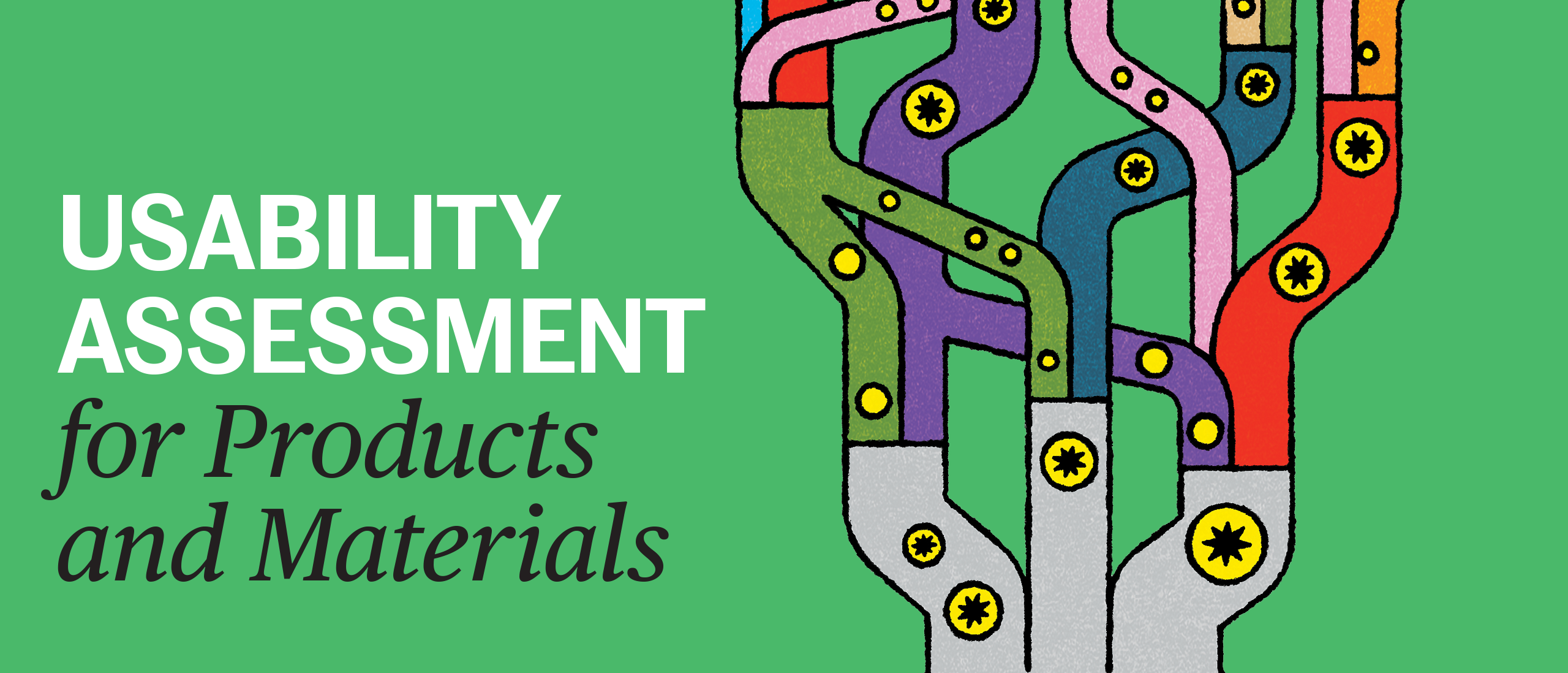
Usability Assessment for Products and Materials
In Summer 2024 METROPOLIS brought together visionaries from across the building industry for its Circular Future Hackathon, aimed at reimagining how we design and construct in a way that aligns with circular design principles. Representatives and sustainability experts across global firms, manufacturers, and industry organizations joined forces to tackle the building sector’s greatest circularity obstacles. Following the virtual workshops, METROPOLIS shaped these concepts into comprehensive seven forward-thinking solutions.
Shown here, is the Usability Assessment for Products and Materials developed by hackathon participants Tahmina Arjona, The Miller Hull Partnership; Monica Chhatwani, DPR Construction; Mikhail Davis, Interface; Patricia Duval, IA; Seth Hadenfeldt, OPN Architects; Jiangpu Meng, Houser Walker Architecture; Dan Piselli, FXCollaborative Architects; Pauline Souza, WRNS Studio; Michelle Tulac, Ellen Macarthur Foundation; and Lauren Volker, senior editor and project manager, METROPOLIS.
The Usability Assessment for Products and Materials is a comprehensive evaluation system designed to assess the potential for reusing, refinishing, or recycling products and materials in the built environment. Manufacturers complete the assessment at the point of sale, providing key data to help designers, builders, and consumers make informed decisions about product longevity and environmental impact. The assessment evaluates several key factors that influence how easily a material or product can be repurposed or reintegrated into future projects.
MAIN VARIABLES IN THE USABILITY ASSESSMENT

01
MATERIAL MAKEUP
This variable assesses the composition and structure of a product or material, focusing on how its makeup affects reuse potential. Factors include:
- Virgin vs. Reused Materials: Is the material untouched or lightly used?
- Mixed Materials: Are the components compatible for reuse, or are they incompatible, complicating the process?
- Connections: This examines how the materials are fastened, as the method impacts the ease of disassembly.
- Untouched: No modifications or fastenings
- Mechanically Fastened: Components held together with screws, bolts, etc., making separation possible
- Permanently Fastened: Elements joined with adhesives or welds making reuse more difficult
SAMPLE SCALE:
- Virgin material, untouched
- Lightly touched material, mechanically fastened
- Mixed incompatible materials, mechanically fastened
- Diverse incompatible materials with permanent connections
02
REFINISHING POTENTIAL
This variable evaluates how much work and expense is required to restore the material or product for reuse. Factors include:
- Steps Required: How many refinishing steps are necessary to make the product usable again?
- Cost: How does the refinishing cost compare to purchasing new materials?
- Data Sources: Examples of refinishing data, such as manufacturer specifications, refinishing services, and pricing information
03
REUSE POTENTIAL
This measures how easily the material can be reused as-is or with minimal adjustments. Factors include:
- Steps Required: How many processes are needed to prepare the material for reuse?
- Cost: How does the cost of reuse compare to purchasing new materials?
- Hazardous Materials: Are there any concerns about toxic or hazardous components that could impede reuse?
- Services: What services are required to facilitate reuse (e.g., dismantling, transport)?
- Data Sources: Product documentation, market research, and expert assessments
04
RECYCLING POTENTIAL
This variable evaluates how easily the material can be recycled if reuse is not an option. Factors include:
- Steps Required: How many processes are involved in recycling the material?
- Cost: Is recycling more costeffective than buying new materials?
- Shipping Requirements: What logistics are necessary for transporting materials for recycling?
- Material Considerations: What are the materialspecific challenges that affect recycling (e.g., mixed materials, hazardous substances)?
- Data Sources: Recycling guidelines, service provider data, and regulatory information
05
INHERENT VALUE OF MATERIAL
The value of the material itself, or its significant components, impacts its usability. Factors include:
- Historic Value: Does the material have historic or architectural significance that enhances its desirability?
- Projected Value: Is the material likely to retain or grow in value over time?
- Data Sources: Market data, material price trackers (e.g., Procore’s Material Price Tracker), and valuation reports
06
AVAILABILITY OF MARKETS/USERS FOR RESALE
This variable assesses whether there are sufficient buyers or markets for the reused product. Factors include:
- Market Size: Is there demand for the product category in second-hand or recycled markets?
- Assessment of Opportunities: Evaluation of whether the product can find a second life in a marketplace
07
AVAILABILITY OF MARKETS/USERS FOR DONATION
The manufacturer can identify potential nonprofits or sectors that could accept the used product. Donation possibilities contribute by highlighting the material’s usability for charitable or community purposes.



